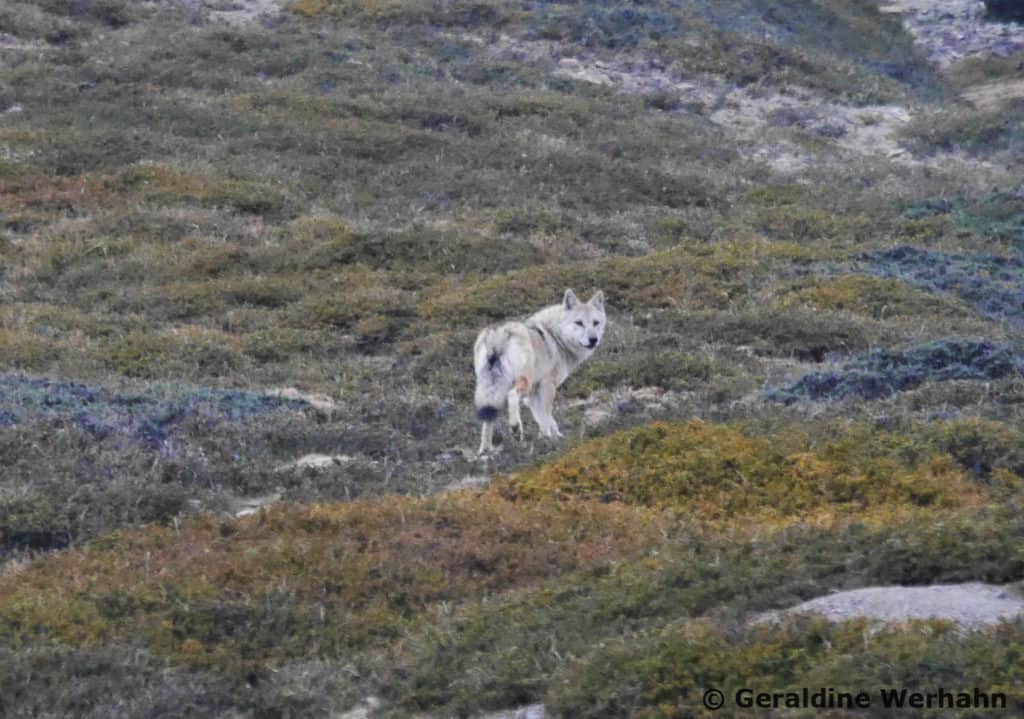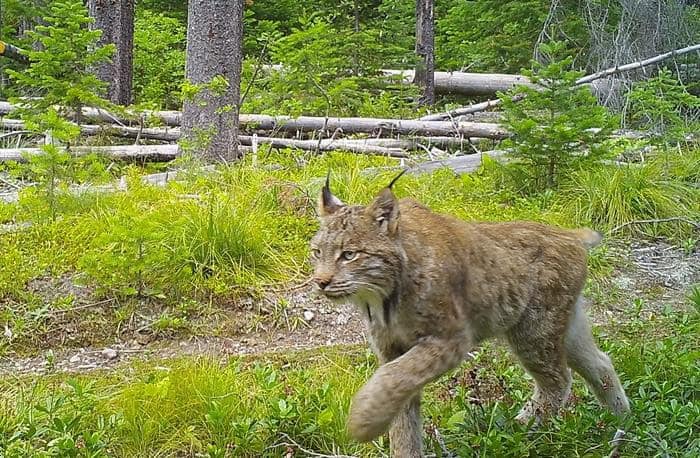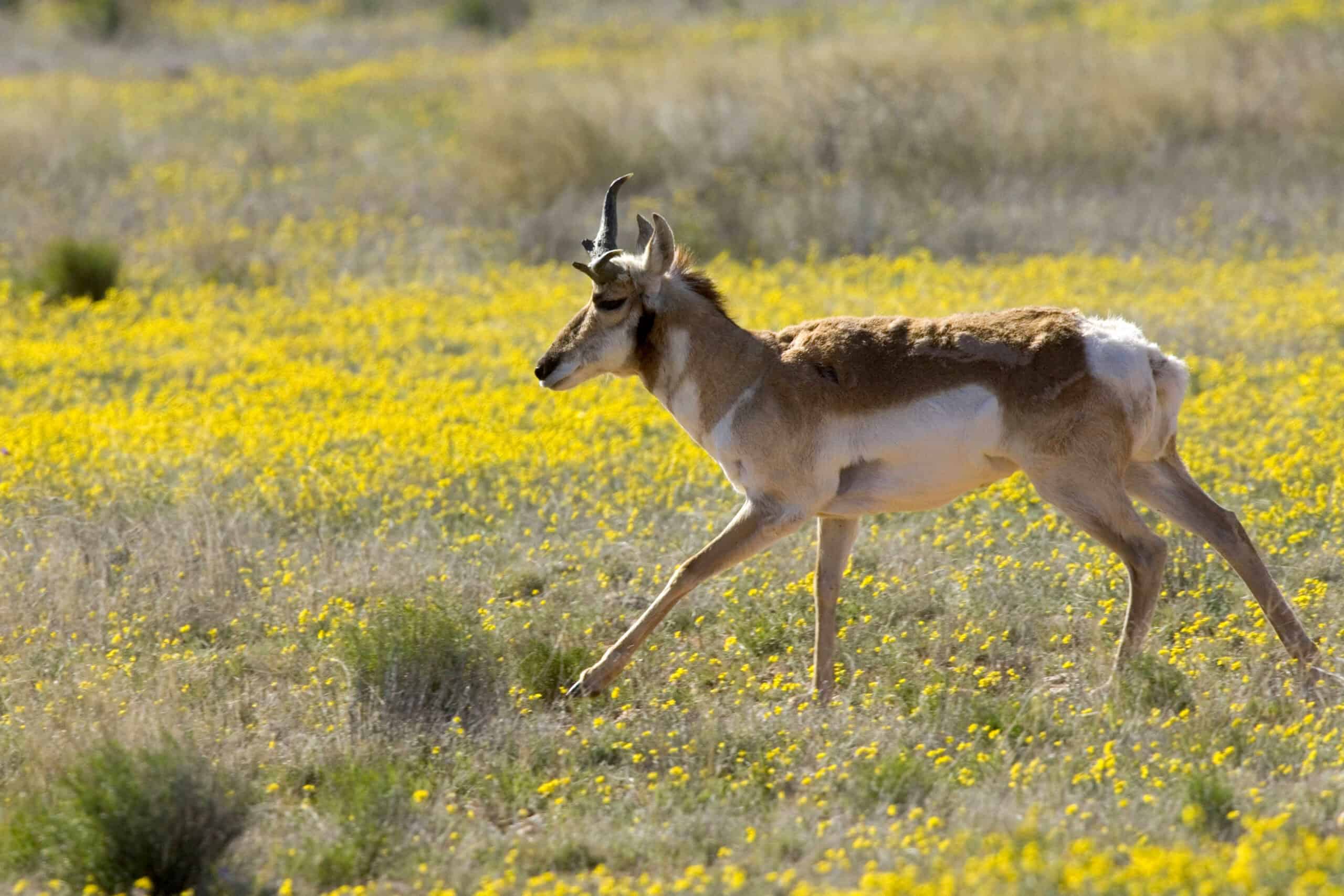Share this article
Are Himalayan wolves a unique species?
A distinct type of wolf has made special adaptations to live in the highest mountains in Nepal, Tibet and other parts of the Himalaya, researchers found, prompting them to suggest the Himalayan wolf should be considered at least as a distinct subspecies and possibly as a distinct species.
Looking at genetic markers, they believe the Himalayan wolf, sometimes called the Tibetan wolf, is the product of an ancient separation from other wolves caused by geological uplift in the region and has adapted to survive in the low oxygen of the high Himalayas where other wolves can’t.
“Himalayan wolves have a fitness advantage in the Himalayas,” said Geraldine Werhahn, a research affiliate with the Wildlife Conservation Research Unit (WildCRU) at Oxford University and the lead author of a study published recently in Journal of Biogeography.
Werhahn has been tracking Himalayan wolves (Canis lupus chanco) through a number of expeditions as part of her Himalayan Wolves Project dating back to 2014 in Nepal in an effort to learn more about the elusive wolf species and the ways they manage to live in such high altitudes. She’s spent weeks crossing high altitude ridges with her team, collecting wolf scat. She analyzed the genetics of the samples back at the lab and determined that this type of wolf likely evolved before modern day gray wolves (Canis lupus) emerged.
She and her colleagues wanted to expand their knowledge about this wolf and understand more about the habitat niches they exploit.

The whitish color of Himalayan wolves allows it to blend in well with snowy environments. ©Geraldine Werhahn
They reached out to a number of colleagues working in high altitude areas of the Himalayas — everyone from wolf researchers to those tracking snow leopards (Panthera uncia) in parts of China, Nepal, Tajikistan and Kyrgyzstan. Many scientists working in these remote areas collect scat samples from any rare animals they come across since expeditions to track wildlife in these areas are relatively few and far between and little is known about many Himalayan species. They also often can’t tell the difference between wolf scat and snow leopard scat.
Werhahn and colleagues examined these samples and combined them with a more recent expedition she conducted in the Qinghai province in northwestern China. During her earlier research, she captured the first known footage ever of Himalayan wolf pups playing in the wild, but she didn’t see many wolves other than that. She had better luck in Qinghai.
“We did see quite a few wolves,” she said. The Tibetan plateau is more rolling, and you can do quite a bit more by car.”
Their samples revealed that Himalayan wolves are almost always found above 13,100 feet. “That was one of the really important key findings—the pattern is always clear,” Werhahn said.
But they also found a buffer zone where hybrids between gray wolves and Himalayans exist, in a range of about 9,850 to 13,100 feet.
The earlier work found that the Himalayan type evolved characteristics that their low-altitude cousins lack to deal with low-oxygen conditions. Their bodies can process oxygen more efficiently than other gray wolves.
This study solidifies evidence showing that Himalayan wolves are unique from gray wolves, Werhahn said. “Species is not such a clear-cut concept as scientists like and as the world would like to see them,” she said.
It also gives her a better idea of where else to look in the surrounding countries for wolves, Werhahn said. This will help them focus on understanding the full range of Himalayan wolves, and whether they might warrant protection or a listing with the International Union for Conservation of Nature. In China, Werhahn found evidence of wolf poaching, both to protect livestock and for their parts, which she found for sale in local markets.
“Technically it’s not allowed, but it happens a lot,” she said.
Header Image:
A Himalayan wolf pup is startled by one of Geraldine Werhahn’s expeditions in the Upper Humla region of Nepal.
©Geraldine Werhahn








